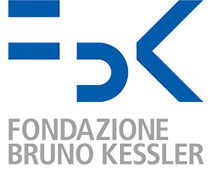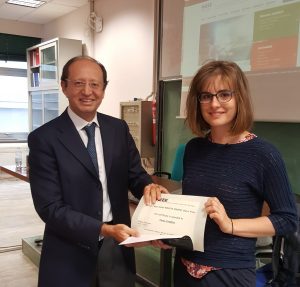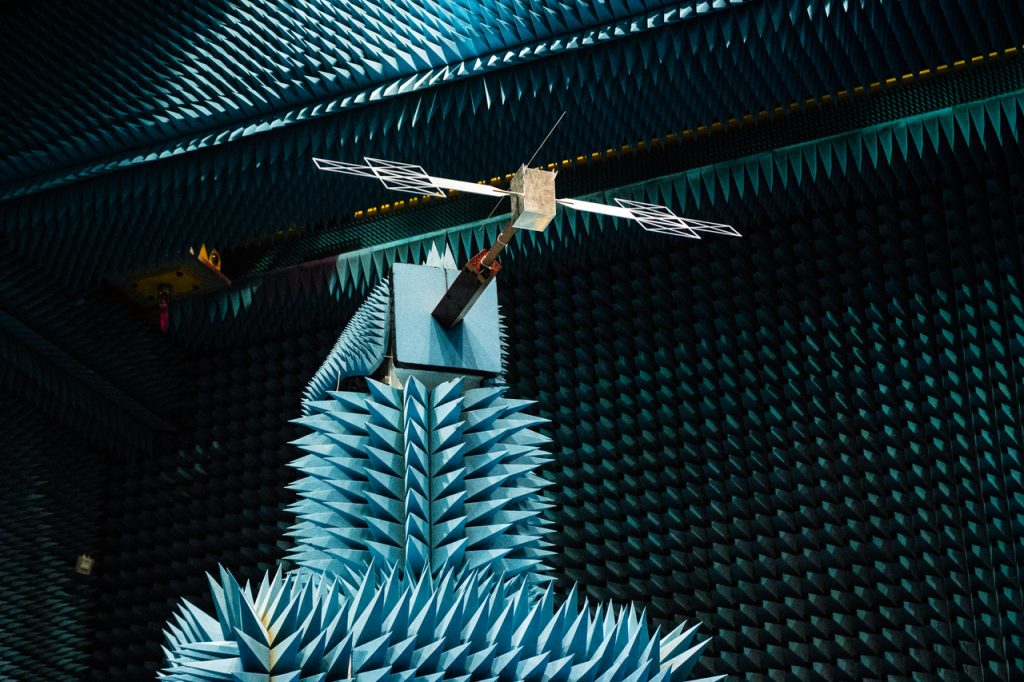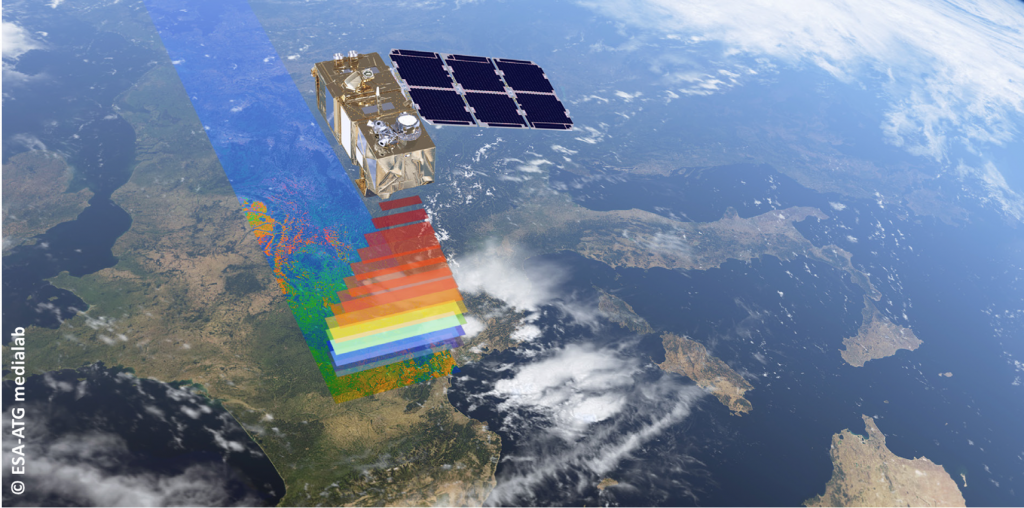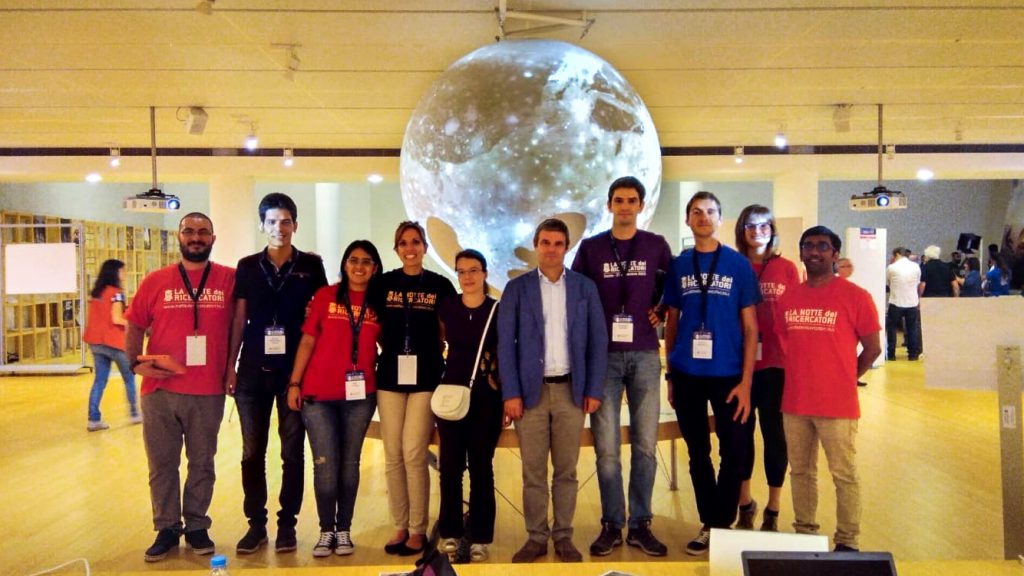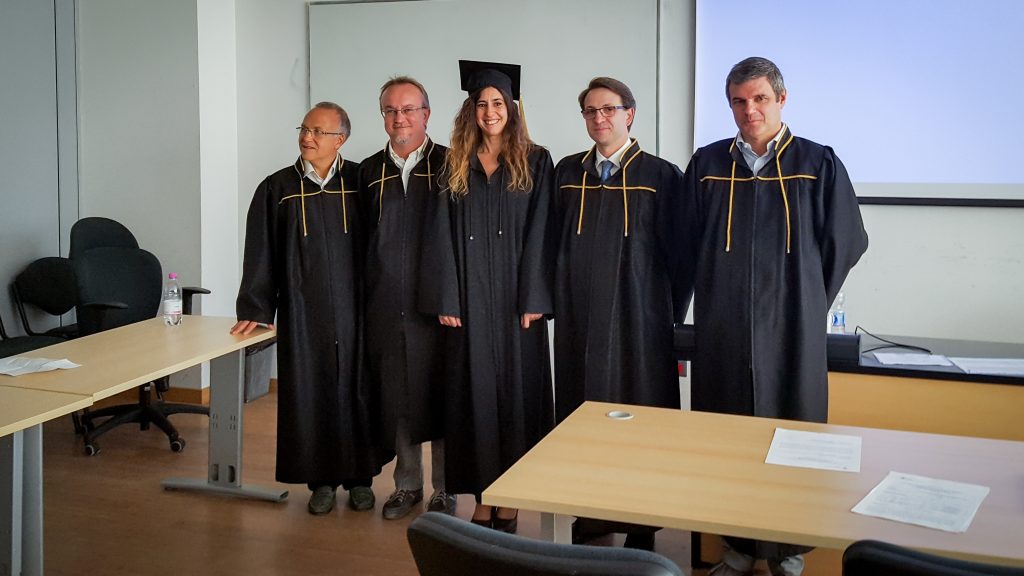RSLab is the coordinator of an important new project of European Space Agency (ESA) funded in the framework of the Climate Change Initiative, which is the flagship scientific program of ESA. This is the first project of this important program that has an Italian leadership.
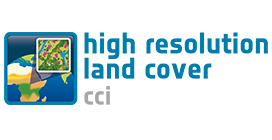
The focus of the project is to generate high resolution time series of land cover maps (10/30 meters) at subcontinental level using multispectral and SAR satellite remote sensing images acquired between 1992 and now. The maps will be generated automatically by developing a processing chain based on machine-learning classification approaches and data fusion methodologies. The processing chain will be implemented in cloud for the analysis of the huge amount of data (big data) available.
The maps produced will be given as input to climate models for studying the interactions of land cover and changes in land cover at detailed scale on the the climate evolution. The first phase of the project (3 years) will be focused on South America (Amazon), Central Africa (Sahel) and Siberia areas where the long time series of high resolution data can significantly enhance the understanding of the climate processes.
The project started in the past days with the kick-off meeting at the European Space Research Institute (ESRIN) of ESA in Frascati.
Project Web Site: https://climate.esa.int/en/projects/high-resolution-land-cover/
